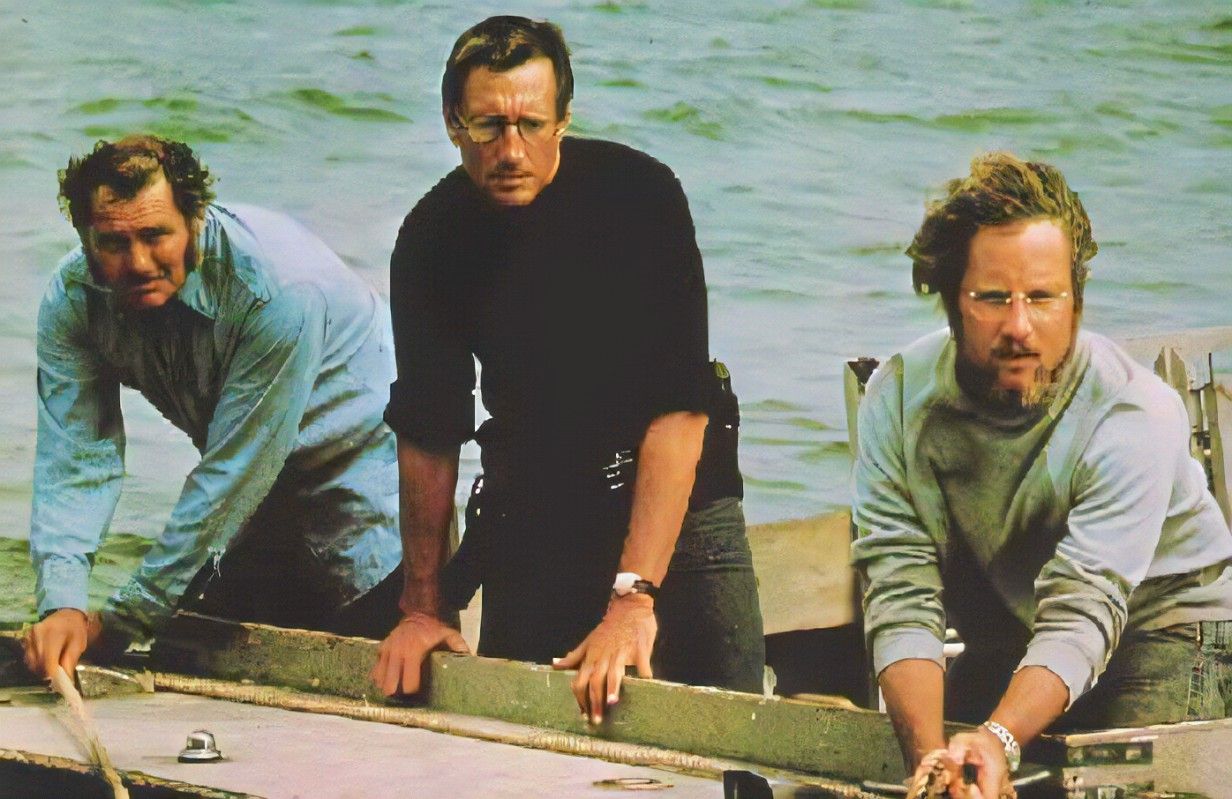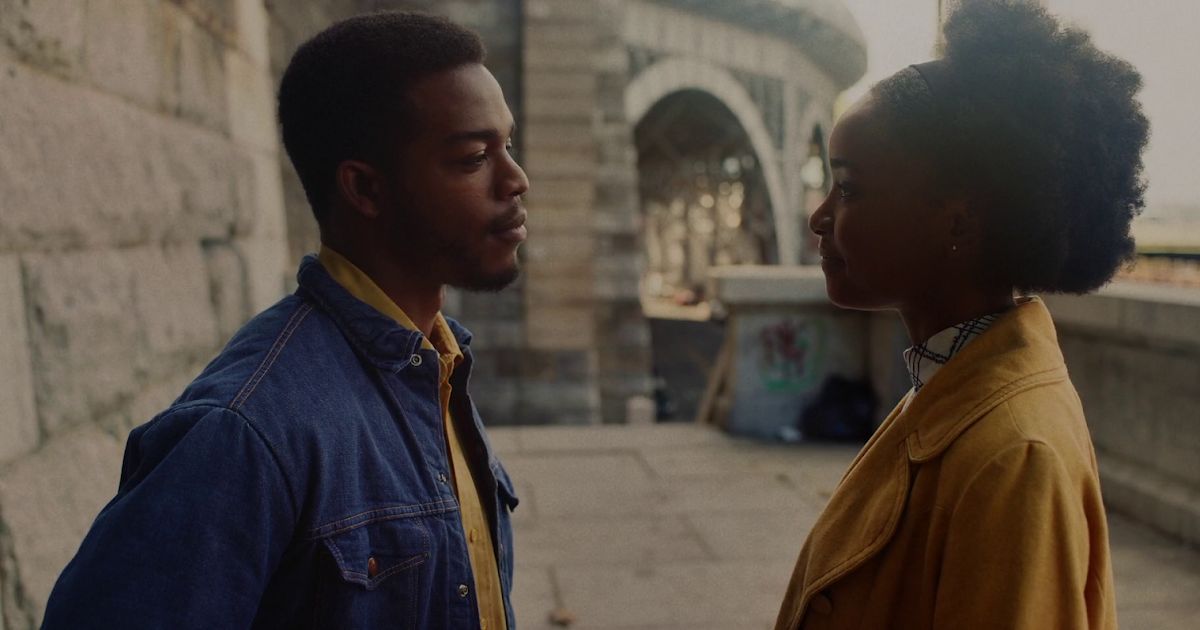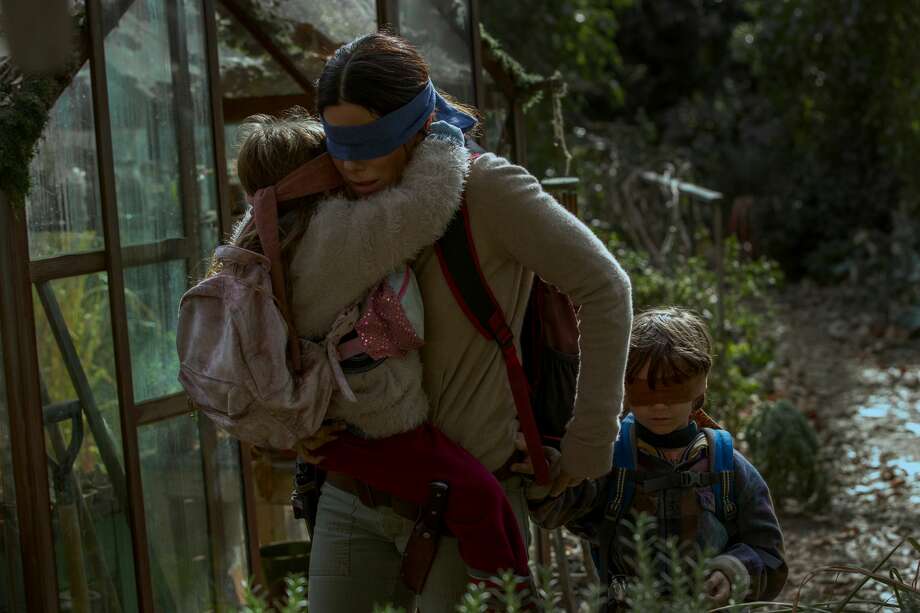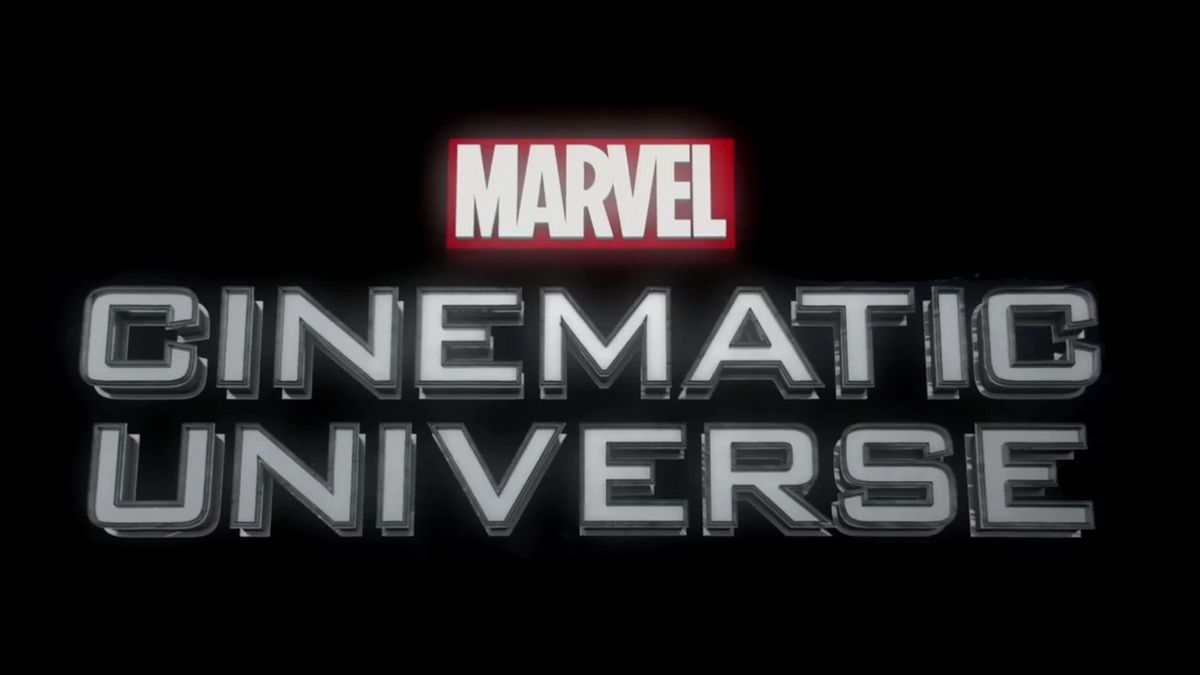
Ever since the monumental success of the Marvel Cinematic Universe, comic book movies have firmly established themselves as a dominant force in modern cinema, captivating audiences worldwide. Yet, the genre’s roots stretch back far beyond the MCU’s rise, with superheroes having graced Hollywood screens for many decades, consistently adapting iconic characters and storylines from their printed origins. What makes these cinematic journeys particularly compelling, however, is their occasional deviation from predestined narrative paths, allowing for unexpected twists and turns that profoundly shape their conclusions.
The ending of any film is crucial, but for a genre as vast and interconnected as comic book movies, a truly resonant conclusion can elevate a production from mere entertainment to a cultural touchstone. It’s a delicate balance, weaving together thematic satisfaction, character resolution, and sometimes, setting the stage for future narratives, all while delivering a powerful final punch. The best of these endings don’t just wrap up a story; they echo in the minds of fans long after the credits roll, sparking discussions, admiration, and a deep appreciation for the craft involved.
Achieving a genuinely perfect conclusion in a comic book movie is no easy feat, especially when considering the weight of fan expectations and the rich tapestry of source material. Yet, some films manage to hit every note, delivering endings that are poetic, narratively satisfying, and often, profoundly uplifting or heartbreakingly poignant. In this deep dive, we’re going to celebrate those exceptional finales that have not only defined their own stories but have also left an indelible mark on the comic book movie landscape, proving that sometimes, the final scene is indeed the most powerful.
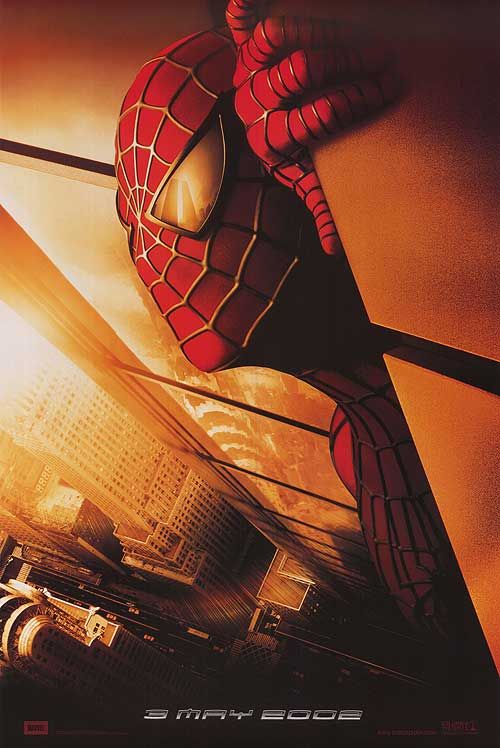
1. **Spider-Man 2 (2004)**
Sam Raimi’s “Spider-Man 2,” released in 2004, is widely celebrated not just for its groundbreaking action sequences featuring the wall-crawler, but also for its masterful narrative and character development, culminating in an absolutely nail-biting and deeply satisfying ending. The film painstakingly builds on Peter Parker’s strained relationship with Mary Jane Watson, a central pillar of his personal struggles, as he grapples with the immense responsibilities of being Spider-Man against his desires for a normal life. This tension reaches its zenith in the movie’s climax, providing a powerful emotional payoff for years of character investment.
The dramatic revelation of Peter Parker’s secret identity to Mary Jane is a pivotal moment, shattering the protective facade he has maintained and forcing her to confront the dangerous reality of his double life. Seeing MJ abandon her wedding to embrace Peter, making a choice that prioritizes their authentic connection over societal expectations, is incredibly touching and a testament to their enduring bond.
What truly elevates this ending, however, is the subsequent call to action Peter receives, immediately pulling him back into his superhero duties, followed by Mary Jane’s profound blessing. This isn’t just about her accepting his identity; it’s about her understanding and supporting his mission. As Spider-Man swings away across the iconic New York streets, a hero reborn and reaffirmed, the scene resonates with a sense of destiny and renewed purpose. It’s an ending that, while perhaps seeming inevitable given the romantic arc, is no less satisfying, encapsulating the essence of Spider-Man’s eternal struggle and unwavering commitment to his city.
Read more about: A Sad Surprise: You Won’t Believe Which 10 Iconic DC Performers Have Passed Away

2. **Watchmen (2009)**
Zack Snyder’s 2009 adaptation of “Watchmen” stands as a bold and uncompromising cinematic endeavor, immersing viewers in a gritty, cynical, and morally ambiguous comic book world. True to its source material, the film presents a complex narrative where traditional notions of heroism are constantly challenged, and its ending is no exception, delivering a powerful and deeply unsettling conclusion that perfectly encapsulates the story’s dark heart. The movie carefully unravels a conspiracy, with Rorschach’s relentless investigations forming the core of the mystery.
As Rorschach delves deeper, his investigations painstakingly unearth Ozymandias as the movie’s true villain, a revelation that arrives all too late for the world’s self-proclaimed smartest man to be stopped by conventional means. The true genius and horror of the ending lie in its perfect twist: Ozymandias has already enacted his elaborate plan to unite the world against a fabricated common enemy – Doctor Manhattan. This chilling pre-emptive strike means that even the combined might and moral fortitude of the remaining Watchmen cannot undo the global deception that has already taken hold.
The culmination of “Watchmen” is a bleak and morally dubious conclusion, forcing characters and audiences alike to grapple with profound ethical dilemmas. The “hero” has saved humanity by committing an unimaginable atrocity, forcing other characters to make impossible choices about concealing the truth for the perceived greater good. This bleakness, far from being a flaw, is precisely what makes the ending so effective and memorable; it gels perfectly with the overall tone of “Watchmen” and its intricately woven world, leaving a lasting impression that challenges conventional superhero narratives and explores the darker facets of humanity.
Read more about: Unforgettable Movie Finales That Continue to Stir Controversy
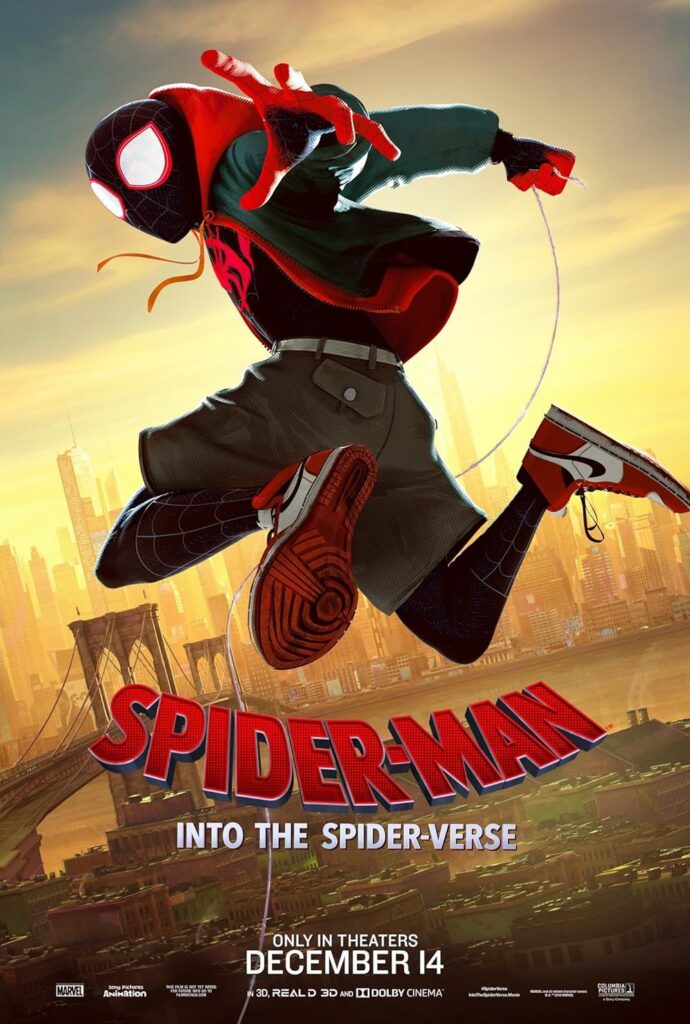
3. **Spider-Man: Into the Spider-Verse (2018)**
“Spider-Man: Into the Spider-Verse” burst onto the scene in 2018, not just as another Spider-Man movie, but as a groundbreaking animated spectacle that redefined what a superhero origin story could be. Opting for a fresh, multiversal approach, the film introduced Miles Morales to the big screen, charting his journey from an ordinary teenager to a reluctant hero burdened by extraordinary circumstances. The movie masterfully uses the concept of the Multiverse to explore themes of identity, self-doubt, and the universal experience of finding one’s place in the world.
Throughout the narrative, Miles grapples intensely with self-doubt, struggling to measure up to the legacy of Peter Parker and the other seasoned Spider-People who spill into his reality. He’s constantly questioning his abilities and his worthiness to wield the mantle of Spider-Man, a relatable internal conflict that grounds the fantastical elements of the story.
However, the film’s ending sees Miles finally find his unwavering confidence, embracing his unique identity as his reality’s only Spider-Man. It’s a moment of pure, unadulterated triumph, visually spectacular and emotionally resonant, as he swings into action, becoming the hero his city desperately needs. This heartfelt conclusion makes excellent use of the movie’s gorgeous animated style, with every frame brimming with vibrant energy and kinetic motion, perfectly encapsulating Miles’s journey from uncertainty to undeniable heroism and leaving audiences cheering for the new champion.
Read more about: Rewind & Relive: 15 Iconic Movies So Good, You’ll Seriously Wish for a Time Machine to Watch Them Again!

4. **Iron Man (2008)**
The year 2008 marked a seismic shift in cinematic history with the release of “Iron Man,” the very first movie of Phase 1 of the Marvel Cinematic Universe. Far more than just a standalone superhero film, “Iron Man” laid the essential foundations for an entire groundbreaking franchise, setting a precedent for interconnected storytelling that would redefine blockbuster cinema. It served as a compelling origin story for the eponymous hero, introducing audiences to the charismatic, brilliant, and deeply flawed genius, Tony Stark, whose transformation into Iron Man would anchor the early days of the MCU.
While the film meticulously adapted many elements of Iron Man’s comic book origins, its ending notably deviated massively from the source material, delivering a bold and unexpected twist that instantly solidified the unique characterization of its protagonist. Instead of maintaining a secret identity, a cornerstone of many superhero narratives, Tony Stark, in a moment of pure bravado and undeniable arrogance, publicly announced his heroic identity to the world. “I am Iron Man,” he declared, shattering the traditional mold.
This unexpected public declaration perfectly fit with Robert Downey Jr.’s iconic depiction of the character, a man who consistently bucked conventions and reveled in the spotlight, even as he bore the weight of great power and responsibility. This audacious choice proved to be a genuinely flawless MCU moment, instantly setting a distinct tone for the burgeoning universe and signaling that this iteration of superheroes would challenge expectations. It was an ending that not only defined Tony Stark but also brilliantly positioned the entire MCU as a universe where rules were meant to be bent, and heroes were unapologetically human.
Read more about: 14 Iconic Actors Who Publicly Revealed Their Deep Dislike For Their Own Films
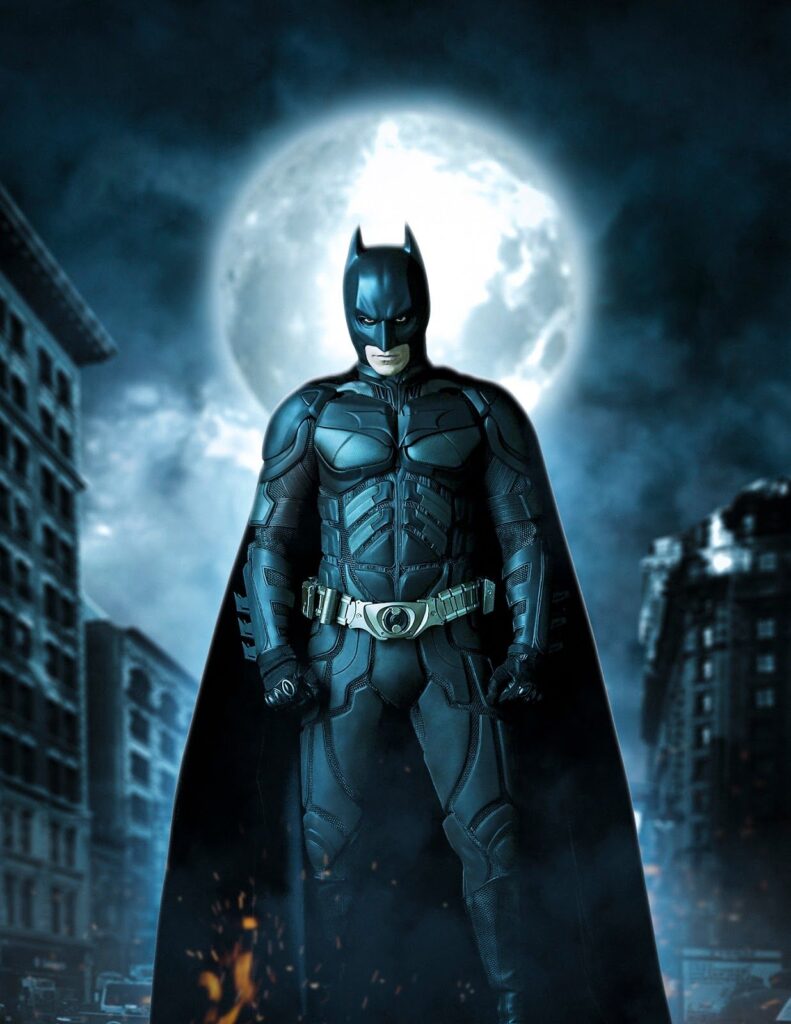
5. **The Dark Knight (2008)**
Christopher Nolan’s “The Dark Knight,” released in 2008, is not just commonly thought to be among the best superhero movie sequels of all time; it remains one of the most popular and critically acclaimed comic book movies ever made, a benchmark against which all others are often measured. The film transcends genre, offering a gritty, complex crime epic wrapped in the guise of a superhero narrative, deeply exploring themes of chaos, morality, and the true meaning of heroism. Its profound impact is largely cemented by its unforgettable conclusion.
The movie’s ending sees Batman, Gotham’s Dark Knight, willingly take the blame for Two-Face’s murders, orchestrating a public perception shift to protect the fragile legacy of Harvey Dent. This act of immense self-sacrifice is born from a grim understanding: Gotham needs a symbol of hope, a white knight, and Dent’s fall from grace would shatter the city’s spirit beyond repair. Batman chooses to become the pariah, the villain, ensuring that Dent’s efforts as a hero are not in vain, even if it means his own reputation is irrevocably tarnished.
The poignant final monologue, delivered in a powerful voice-over by Gary Oldman’s Commissioner James Gordon, offers a crucial explanation to his young son, who watches as the vigilante races into the night. Gordon articulates why Batman’s actions, though seemingly villainous, are profoundly heroic, emphasizing the concept of sacrificing one’s own reputation for the sake of Gotham City. It’s a bittersweet, complex, and ultimately defining moment that solidifies Batman’s role not as a celebrated hero, but as a necessary guardian, a silent protector forever watching over his city from the shadows, ensuring its fragile peace.
Read more about: 14 Stars Who Served: Unexpected Military Pasts of Famous Faces Before Hollywood Called

6. **Logan (2017)**
“Logan,” released in 2017, holds a unique and revered place in the pantheon of comic book movies, with many considering it the best of its kind, a stark and emotionally raw departure from typical superhero fare. While not everyone might unanimously agree on its singular status, the widespread consensus remains that its ending is nothing short of perfect. The film takes a brutal, grounded approach to the twilight years of Wolverine, presenting a character whose legendary healing factor is failing, whose body is deteriorating, and whose spirit is weary from a lifetime of violence and loss.
Throughout the movie, audiences are subjected to the painful reality of Logan watching his once-indomitable abilities slowly deteriorate, a harrowing process that underscores his mortality and vulnerability. This slow, agonizing decline makes his ultimate act of heroism all the more poignant and devastating. He makes a final, desperate stand to protect his young daughter, Laura, and the other mutant children, a last burst of his formidable strength against overwhelming odds.
In a heartbreakingly visceral final battle, Logan wins the fight, securing the safety of those he has come to love, but succumbs to his injuries, his ravaged body finally giving out. Seeing Logan embrace death not with fear, but with a profound sense of relief, is a bittersweet conclusion to his cinematic story. It’s an ending that doesn’t just provide a fitting send-off for a beloved character; it’s a perfect, almost poetic, conclusion to the movie itself, offering a quiet, dignified, and immensely powerful farewell to one of Marvel’s most iconic and enduring heroes.
Read more about: The Unforgivable Dozen: 12 NFL Coaching Catastrophes That Forever Stained Legacies
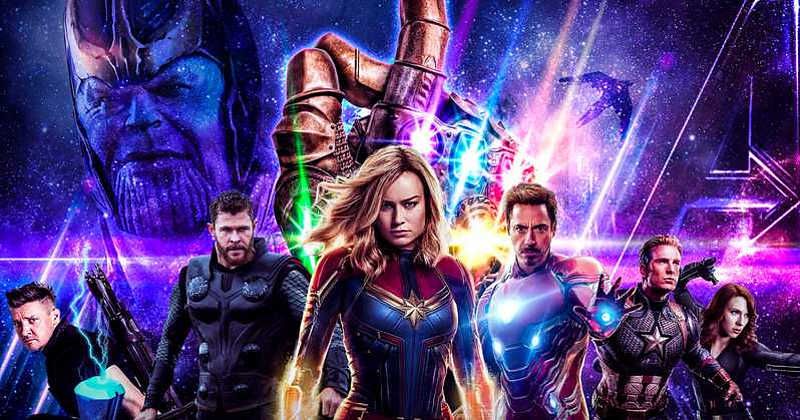
7. **Avengers: Endgame (2019)**
“Avengers: Endgame,” the culmination of over a decade of interconnected storytelling within the MCU, is a cinematic behemoth that consistently broke records and whose popularity speaks volumes about its cultural impact. Beyond its epic scale and universe-altering stakes, the film delivered several truly perfect endings for its foundational characters, none more impactful than its final, poignant scenes. It was the grand finale for many arcs, weaving together triumph, sacrifice, and quiet reflection in a masterful tapestry.
The movie’s final scenes are an emotional rollercoaster, notably marked by the heroic, sacrificial death of Iron Man. Tony Stark, the man who started it all, makes the ultimate sacrifice to stop Thanos and save the universe, uttering the now-iconic phrase, “I am Iron Man,” as he snaps the Infinity Gauntlet. This devastating yet necessary act prompts a cascading series of events, including Steve Rogers’ own deeply personal decision to peacefully retire into the past with Peggy Carter, completing a love story that spanned decades and dimensions.
Seeing Steve and Peggy reunite, sharing the dance he promised her so many years ago, is a fitting and profoundly moving end to the hero’s story, a reward for a lifetime of selfless service. It’s a touching final note in “Endgame’s” own epic narrative, providing not just closure, but a sense of peace and earned happiness for characters who had endured so much. This dual conclusion, balancing tragic sacrifice with quiet contentment, solidifies “Avengers: Endgame” as a landmark achievement, leaving audiences with both tears and smiles, a testament to the power of a well-earned farewell.
While some comic book movies deliver endings that are universally lauded, a fascinating aspect of cinematic development often lies in the paths not taken. For a genre as popular and intensely scrutinized as superhero films, the journey from script to screen is often fraught with changes, particularly when it comes to the crucial final moments. These alternate or cut endings offer a tantalizing glimpse into different directions beloved franchises could have gone, potentially altering legacies and sparking endless fan debate. They remind us that the finished product we see is just one possibility from a multitude of creative choices.
Exploring these scrapped conclusions is more than just a trip down memory lane; it’s an analytical dive into the narrative engineering of blockbusters. Each ‘what if’ scenario invites us to consider how character arcs, thematic resolutions, and even entire future sagas might have unfolded had a different vision prevailed. From radical character alterations to foundational shifts in universe-building, these alternative finales reveal the intricate decisions that shape the cinematic landscape of comic book adaptations, demonstrating the profound influence a single scene can wield over a franchise’s destiny.
Read more about: 12 Famous Actors Who Now Only Accept Film Roles With Minimum Travel Demands
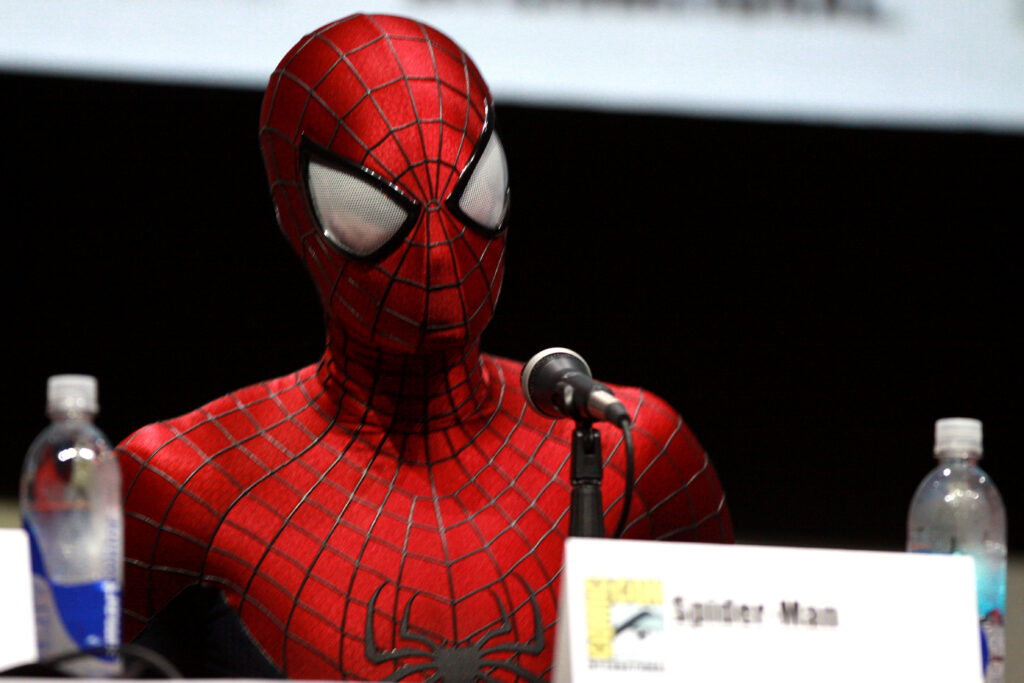
8. **The Amazing Spider-Man 2 – Richard Parker Lives**
The ambition behind *The Amazing Spider-Man* series was evident, with constant teases of an “Untold Story” meant to deepen Peter Parker’s origins. Unfortunately, a significant amount of material, including crucial subplots, ultimately ended up on the cutting room floor, leading to a theatrical experience that felt somewhat incomplete for many viewers. The sheer volume of content that was scrapped explains some of the disjointed narrative.
Among these excised elements was a particularly radical alternate ending for *The Amazing Spider-Man 2*, which would have dramatically reshaped Peter Parker’s personal life. The original conclusion saw the shocking return of Peter’s father, Richard Parker. Imagine the emotional resonance if Richard had not only reappeared but also delivered the iconic “Great Power” line to his son, encouraging him to fully embrace his Spider-Man identity once more.
This would have set up a radically different trajectory for *The Amazing Spider-Man 3*. With a planned plot revolving around a concoction capable of raising the dead, Richard’s return would undoubtedly have made him a pivotal figure in Peter’s eventual showdown with the Green Goblin, and perhaps even in a scenario involving Gwen Stacy’s resurrection. This kind of twist, while undeniably audacious, would have shifted the entire emotional core of the series, venturing into territory few superhero films dare to tread.
Such an ending would indeed have been “something,” a truly divisive moment that could have either revitalized the series with bold new stakes or alienated fans with its departure from traditional Spider-Man lore. It speaks volumes about the creative risks studios sometimes consider, even if they ultimately opt for a more conventional path, leaving us to endlessly ponder the impact of such a narrative bombshell.
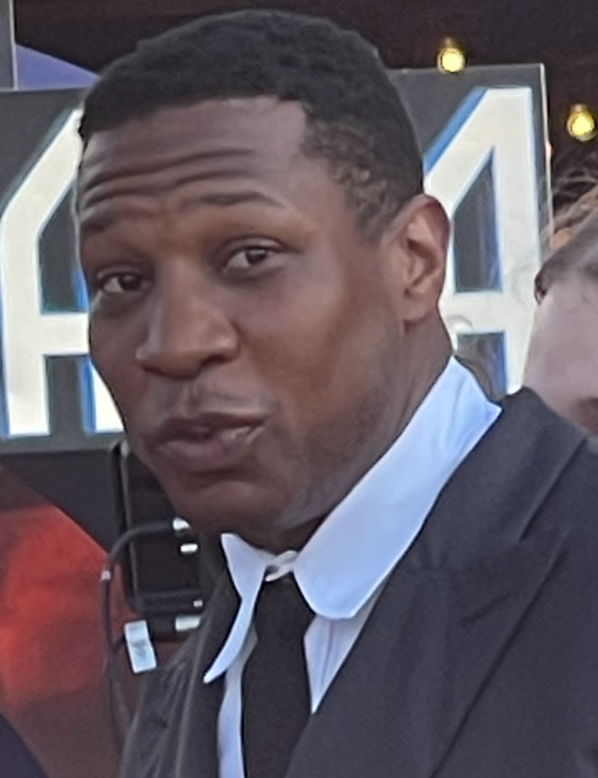
9. **Ant-Man And The Wasp: Quantumania – Kang Escapes***
*Ant-Man and the Wasp: Quantumania* was positioned as a foundational chapter for the MCU’s Multiverse Saga, heavily featuring Kang the Conqueror as its central antagonist. Early in its development, the film underwent several creative iterations, including a proposed change in costume for Scott Lang and Hope Van Dyne as they prepared for their climactic showdown with the formidable villain. These early decisions hint at a slightly different visual approach for the final battle.
The most profound alteration, however, came in the form of a scrapped ending that would have left the heroes in a far more precarious position. Instead of defeating Kang as seen in the theatrical cut, an earlier version of the film depicted Kang escaping, leaving Scott and Hope trapped within the mysterious and treacherous Quantum Realm, mirroring Janet Van Dyne’s past predicament. This shift would have delivered a much darker and more uncertain conclusion.
With Kang free to conquer the Multiverse, the stakes would have felt immediately higher for the entire MCU. The cliffhanger for the heroes, stranded and facing an unknown fate, would have created a palpable sense of dread. The alternate ending would then transition to Cassie Lang, desperately running countless simulations on multiple computers, her eyes widening in a moment of realization before the screen cut to black.
This unresolved ending would have perfectly encapsulated the burgeoning threat of the Multiverse Saga, leaving audiences on the edge of their seats and undoubtedly better setting the stage for future *Avengers* movies. It’s a tantalizing “what if” that highlights how a single narrative choice can drastically amplify or diminish the sense of impending doom for an entire cinematic universe.
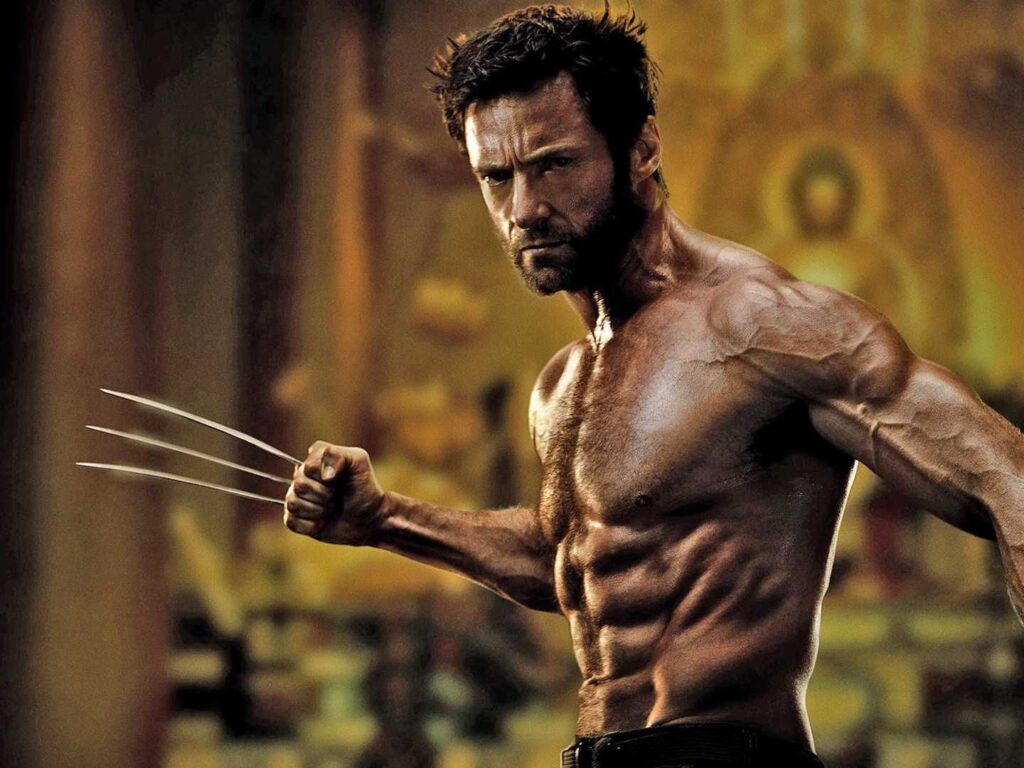
10. **The Wolverine – Wolverine’s Classic Suit***
*The Wolverine* provided a poignant and grounded look at Logan’s journey, concluding with him, now equipped with bone claws, returning to the U.S. alongside Yukio. It was an ending that felt like a natural progression for the character, a quiet moment of reflection after a tumultuous personal battle, hinting at new beginnings while still honoring his tumultuous past.
However, an intriguing alternate ending was filmed that offered a direct nod to the character’s rich comic book history. In this version, Yukio presented Logan with a suitcase, and upon opening it, he would discover his classic brown and yellow comic book costume. It was a moment designed purely for the fans, a visual bridge between his cinematic portrayal and his iconic printed legacy.
Filmmaker James Mangold ultimately decided to cut the scene, expressing a desire not to pigeonhole or dictate future creative choices for any director who might helm a sequel. Ironically, Mangold himself would go on to direct *Logan*, a film that deliberately eschewed any vibrant superhero suits in favor of a gritty, realistic aesthetic, further highlighting the creative freedom he sought to preserve.
While the decision was understandable in hindsight, the prospect of seeing Wolverine finally embrace his comic book roots on screen was an “awesome tease” for many. It underscored the enduring fan desire for faithful costume adaptations and provides an interesting contrast to the upcoming *Deadpool 3*, where we are promised an even better rendition of the classic suit, signaling a potential shift in how these iconic looks are integrated.
Read more about: From Monstrous Makeovers to Sinister Swaps: The Untold Stories of Movie Villains Who Had to Be Recast
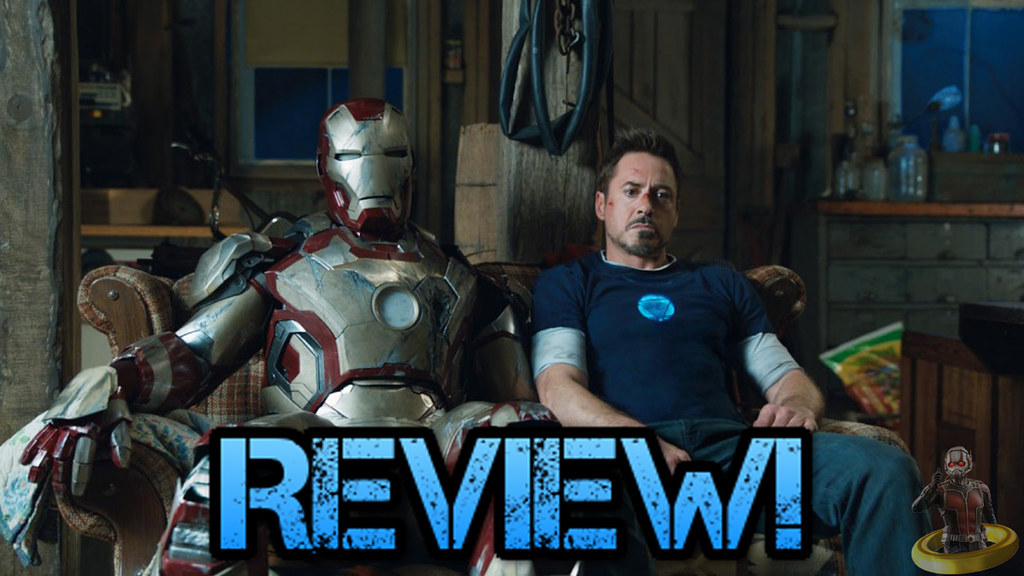
11. **Iron Man 3 – Trevor Slattery Dies**
*Iron Man 3* ignited considerable debate among fans, largely due to its controversial reveal that The Mandarin, ostensibly a formidable terrorist, was in fact an actor named Trevor Slattery. This comedic reinterpretation of an iconic villain, serving as a stooge for the “true” mastermind Aldrich Killian of A.I.M., was met with mixed reactions, with many feeling that it undermined the character’s legacy.
Adding another layer to this narrative twist, a deleted scene from the film’s climax would have offered a far more definitive, albeit bizarre, end for Slattery. In this version, Slattery was intended to inject himself with the Extremis virus, subsequently exploding in a rather grotesque fashion. It was a moment designed to tie off his character arc with a dramatic, albeit very strange, finality.
This particular scene was “perhaps best left on the cutting room floor,” as its inclusion would have cemented Slattery’s fate and likely intensified the comedic, almost farcical, elements of the Mandarin storyline. Its grim humor might have further alienated those who yearned for a more serious portrayal of Iron Man’s arch-nemesis, proving an ultimately detrimental addition to the overall tone.
By choosing to cut this scene, Marvel Studios inadvertently preserved a pathway for Trevor Slattery’s future. His survival allowed for his return in the “All Hail the King” one-shot, and crucially, facilitated the introduction of the actual, formidable Mandarin, Wenwu, in *Shang-Chi and the Legend of the Ten Rings*. This creative foresight illustrates how seemingly small editorial decisions can have significant, long-term ripple effects across an entire cinematic universe, with Slattery now even expected to appear in *Wonder Man*.
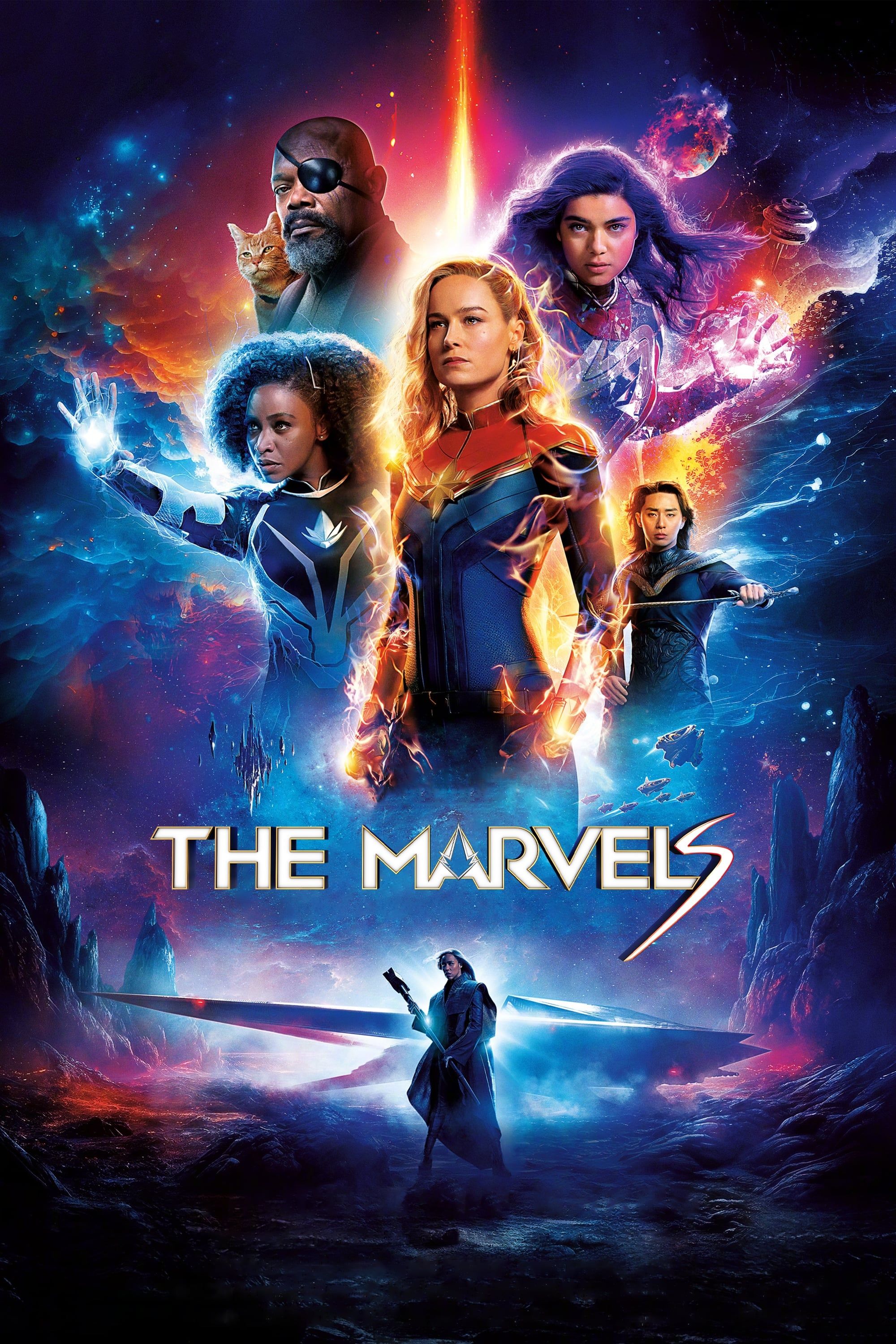
12. **The Marvels – The Heroes Team Up To Save The Day**
*The Marvels* faced a challenging reception, ultimately going down as Marvel Studios’ biggest box office disappointment to date, sparking considerable discussion among fans and critics alike. Regardless of one’s opinion on the film’s overall quality, its ending certainly provided plenty to dissect, particularly concerning the future of one of its key characters.
The theatrical cut culminates with a powerful moment where Monica Rambeau uses her unique powers to seal a tear in reality, an act of self-sacrifice that strands her in a parallel universe, notably one inhabited by the X-Men. This dramatic conclusion sets up intriguing possibilities for Monica’s future, potentially integrating her into a new corner of the expanding Multiverse.
However, an earlier version of the film presented a different collaborative effort. This scrapped ending depicted Monica receiving assistance from both Carol Danvers and Ms. Marvel in closing the tear. This joint effort suggests a less isolating fate for Monica, implying that she might not have been destined for an alternate reality, or at least not alone, offering a more unified resolution for the trio of heroes.
The key uncertainty lies in whether this earlier tear was even multiversal in nature. It’s plausible that the entire Multiverse aspect, including Monica’s jump, was a later addition to *The Marvels*, specifically engineered to “better tie it into this Saga” and set up broader narratives. This evolution of the ending highlights the studio’s ongoing efforts to align individual films with the larger, interconnected story of the MCU, constantly shifting pieces to fit the grand puzzle.
Read more about: Accident-Proof Rides: Unveiling 14 Cars Secretly Engineered to Transform Even the Most Terrible Drivers into Confident Road Warriors
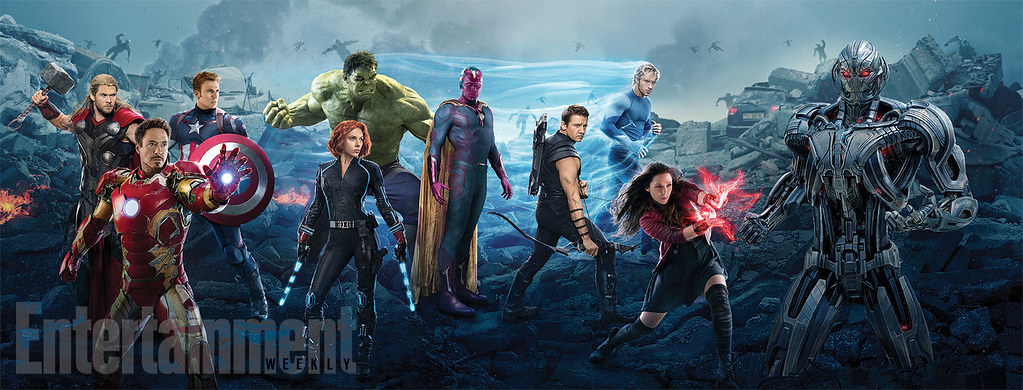
13. **Avengers: Age Of Ultron – Captain Marvel’s Debut**
*Avengers: Age of Ultron* famously concluded with Captain America and Black Widow leading a new iteration of Earth’s Mightiest Heroes, a moment that heralded a fresh chapter for the team. This sequence was designed to introduce new faces and establish a dynamic shift within the core Avengers roster, providing a sense of both continuity and evolution for the franchise.
Yet, a fascinating piece of trivia reveals Joss Whedon’s original intention to introduce a major, albeit unexpected, character into this new lineup: Captain Marvel. Whedon even went as far as using a stand-in during production while the studio worked on casting the pivotal role, underscoring his commitment to the idea of an early Carol Danvers debut. However, Marvel Studios and Kevin Feige ultimately opted for a different path.
Instead of Captain Marvel, the Scarlet Witch was chosen to fill that spot, a decision that reportedly caused some chagrin for the filmmaker. While it would have been exciting for fans to see Carol Danvers earlier, it might have felt “strange” for Captain Marvel to make her debut without any explanation or origin story at that point in the MCU’s timeline, potentially overwhelming viewers with an unexplained powerhouse.
Nevertheless, one can’t help but ponder the monumental impact this early introduction would have had on the entire MCU. Captain Marvel’s arrival would have fundamentally altered the power dynamics and narrative trajectory of subsequent films, making us wonder “how much different the MCU would have looked” had this pivotal casting and storyline decision gone in Whedon’s initial direction.
Read more about: Exclusive: The Enduring Architects – How Marvel Studios Built a Multi-Decade Cinematic Universe and Sustained Its Star System
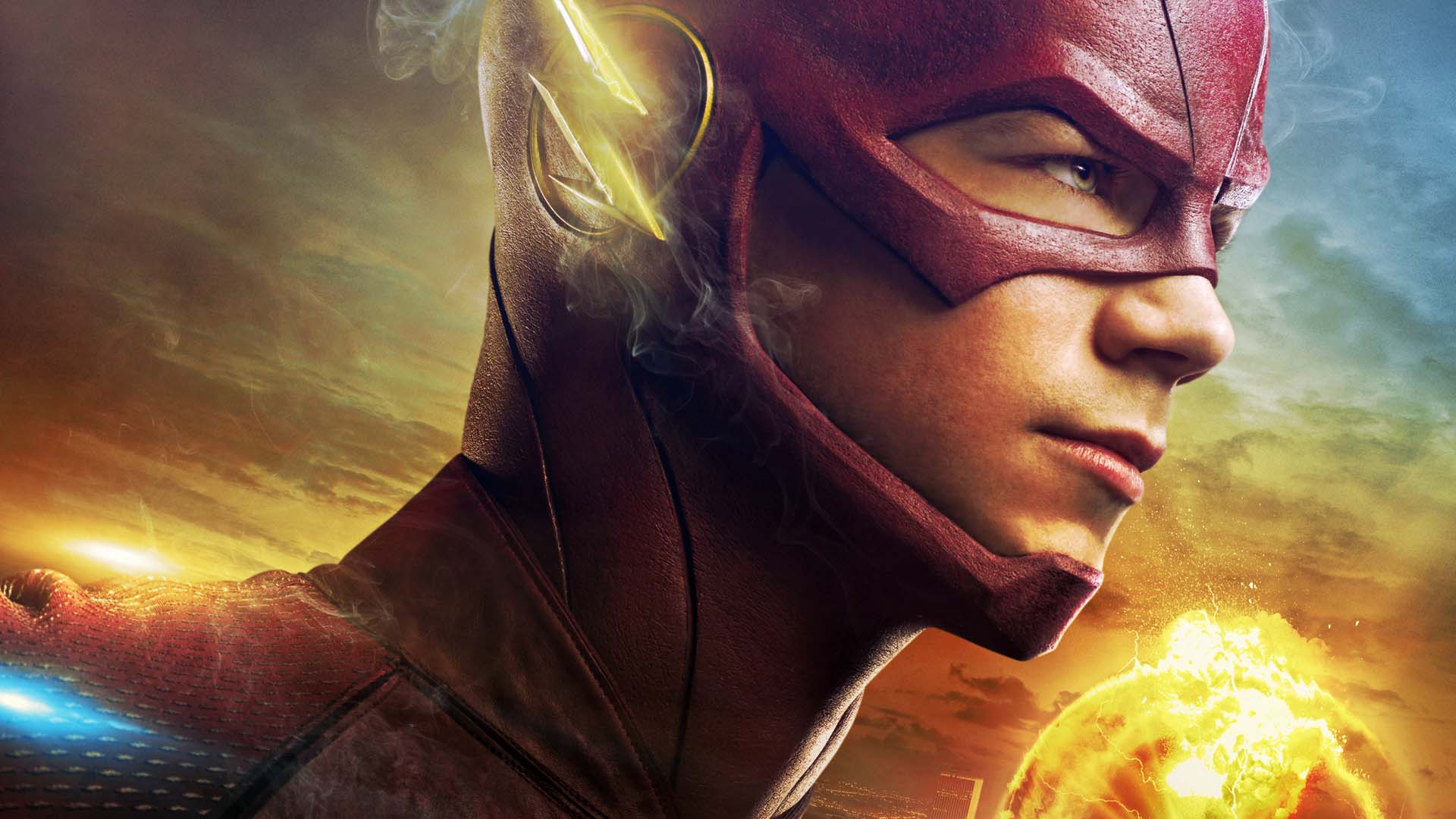
14. **The Flash – Crisis On Infinite Earths**
*The Flash*’s journey to the big screen was notoriously tumultuous, plagued by numerous directorial changes and creative upheavals at Warner Bros. These constant shifts inevitably led to the film’s ending being rewritten and reimagined multiple times, reflecting the broader instability behind the scenes of the DCEU. The movie’s chaotic development is almost as legendary as the hero himself.
Initially, a more expansive vision for *The Flash* included a post-credits scene designed to set the stage for a monumental DC event: “Crisis on Infinite Earths.” This first concept involved Michael Keaton’s Batman and Sasha Calle’s Supergirl confronting a bewildered Barry Allen, providing a tantalizing cliffhanger. Following this, Ben Affleck’s Bruce Wayne would have appeared in a post-credits scene, pleading for the Scarlet Speedster’s help, directly leading into the iconic comic book storyline.
As production evolved, so did the ending. Henry Cavill’s brief return as Superman led to his inclusion in the scene with Batman and Supergirl, only for Affleck’s Bruce Wayne to be removed. Then, with DC Studios undergoing yet another regime change, everything was reshaped again, leading to the unfortunate deaths of the Multiversal heroes in the final theatrical cut, a stark departure from earlier, more hopeful visions.
The result was the somewhat bewildering theatrical ending, where Barry Allen meets George Clooney’s Caped Crusader in a world that, by all indications, we “presumably won’t ever visit again.” This final, disjointed conclusion serves as a stark reminder of the “clusterf***” that can ensue from extensive creative changes, highlighting the profound loss of potential for a coherent and impactful “Crisis” adaptation that was initially teased.
Read more about: DC Actors: Iconic Figures You May Not Know Met Their End in the Comics
These alternate and cut endings are more than just footnotes in cinematic history; they are powerful reminders of the intricate choices that shape the comic book movie landscape. Each discarded scene, each forgotten vision, holds the potential to dramatically alter the narrative tapestry we’ve come to know and love. They invite us into a fascinating “what if” scenario, a universe of untold stories and divergent paths that continue to captivate and challenge our perceptions of these iconic heroes and their worlds. Ultimately, they reinforce just how crucial those final moments on screen truly are, not just for a single film, but for the entire legacy of a franchise.

